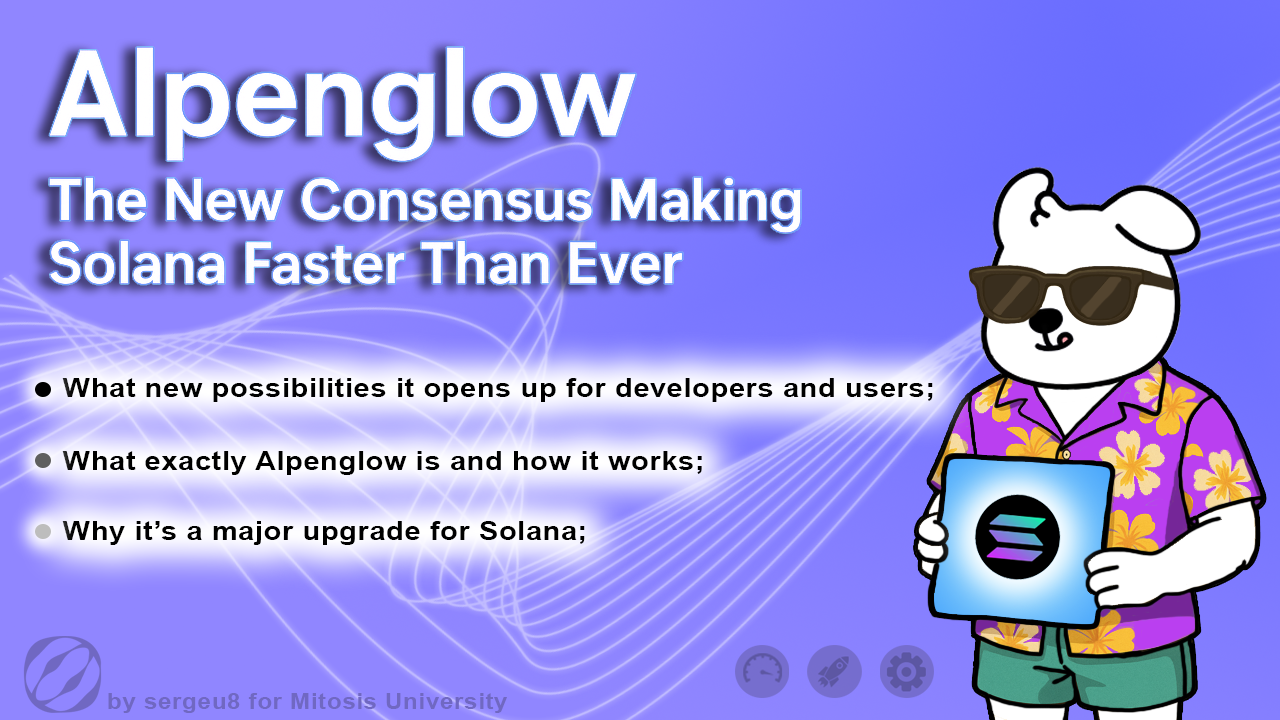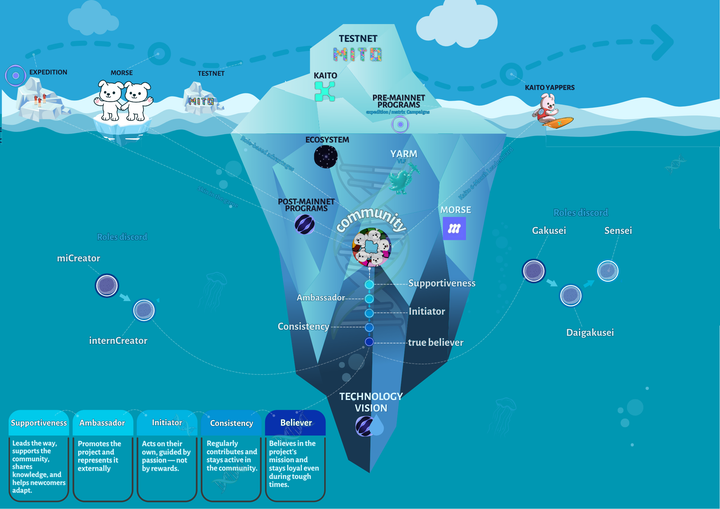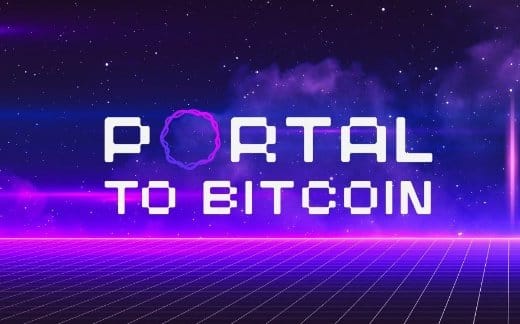Alpenglow: The New Consensus Making Solana Faster Than Ever

Introduction: “Speed of Light” Is Now About Blockchain
Solana has always been one of the fastest blockchains. But in 2025, the team took a step that could change the entire industry. They introduced Alpenglow - a new consensus protocol that allows blocks to be finalized in just 100-150 milliseconds.
For comparison: it used to take Solana nearly 13 seconds to consider a block fully confirmed.
This leap in speed could make blockchain viable for real-time applications - games, payments, trading systems. In this article, you'll learn:
- What exactly Alpenglow is and how it works;
- Why it’s a major upgrade for Solana;
- What new possibilities it opens up for developers and users.
⚙️ How Alpenglow Works: Complex Ideas, Simply Explained
1. Goodbye TowerBFT and Proof-of-History
Previously, Solana relied on TowerBFT and Proof-of-History (PoH) to reach consensus. They were effective but cumbersome. As the developers put it:
“We’re saying goodbye to a number of legacy components, including TowerBFT and Proof-of-History.”
They've now been replaced with:
- Votor - a voting and block finalization system;
- Rotor - a method for fast and direct data transmission over the network.
Instead of lengthy confirmation rounds, blocks can now finalize in a single round with 80% validator participation, or two rounds with 60%. Both run in parallel, and the faster one wins.
“Votor finalizes blocks in one round with 80% participation, or in two with 60%, running both in parallel.”
2. Rotor: Maximum Network Speed
Data transmission is key to fast blockchain performance. Solana previously used Turbine, which split blocks into chunks and spread them through the network. Now comes Rotor, which simplifies the architecture:
- Only one layer of relays instead of multiple;
- Fewer “hops” between nodes;
- Smarter, faster relay selection;
- Validators with larger stakes contribute more bandwidth.
“Rotor minimizes network hops and uses validator bandwidth proportionally to their stake.”
It’s so efficient that... delays now come down to physics - the speed of light!
Latency Test: Why Zurich Was Chosen
To show how fast Alpenglow can work, the team ran tests with a leader validator in Zurich, Switzerland. Validators from around the world took part. The graph below shows how long it took each validator to reach four steps:

- 🟩 Green bars = network delay
- 🟨 Yellow = time for Rotor to spread the block
- 🟥 Red = when a validator saw notarization from 60% of stake
- 🟦 Blue = full finalization
Some results from this test:
- 65% of Solana’s stake is within 50 ms of Zurich;
- Finalization happened in under 200 ms for most of them;
- Only a few nodes far from Zurich had over 200 ms latency.
This proves that network distance - not software - is now the main delay factor.
🚀 What This Means for Solana and All of Us
1. From Blocks to Real-Time
With finalization in 100-150 ms, Solana can now support apps that were previously impossible on blockchain:
- Online games with instant “click → action” response;
- Payment systems with immediate feedback;
- High-frequency trading;
- Web2-like interfaces (think PayPal or Stripe).
“Users can now see results as quickly as in familiar Web2 services - but on a decentralized system.”
2. More Resilience, Less Centralization
Alpenglow functions even if 40% of the network misbehaves or goes silent. This is thanks to so-called “20+20” resilience - the system can handle up to 20% malicious and 20% unresponsive validators at once.
“The algorithm works even with 20% malicious and 20% inactive validators.”
Plus, with parallel voting and optimized network usage, Solana avoids bottlenecks and becomes more distributed.
Conclusion: A New Standard in Blockchain
Alpenglow isn’t just an upgrade - it’s a reboot of Solana’s core. It offers:
- Instant finality (100-150 ms);
- Simple, efficient architecture;
- Resilience against failures and attacks;
- Readiness for the applications of the future.
As the developers themselves say:
“Alpenglow is the most significant protocol change in Solana’s history.”
What This Means in Practice:
✅ Users see results instantly
✅ Developers can build Web2-speed DApps
✅ More chances for mass Solana adoption
What’s Next?
• Can Solana maintain its leadership and expand its influence thanks to Alpenglow?
• Will this update become the standard for all future blockchains?
What matters most - we now have a technology that competes with the speed of light. And this is just the beginning.
About Mitosis:
Mitosis APP
Blog
Docs
X
Discord



Comments ()